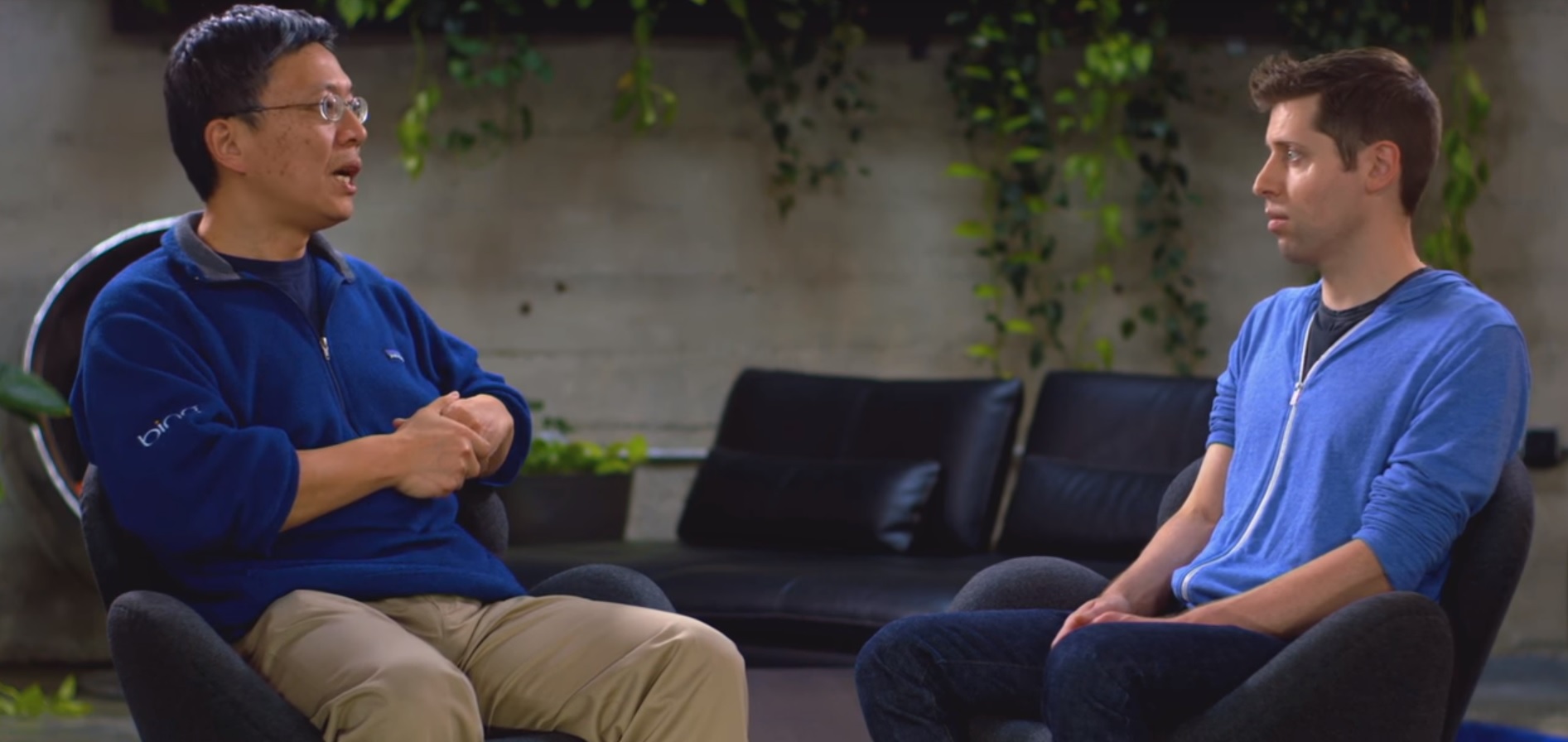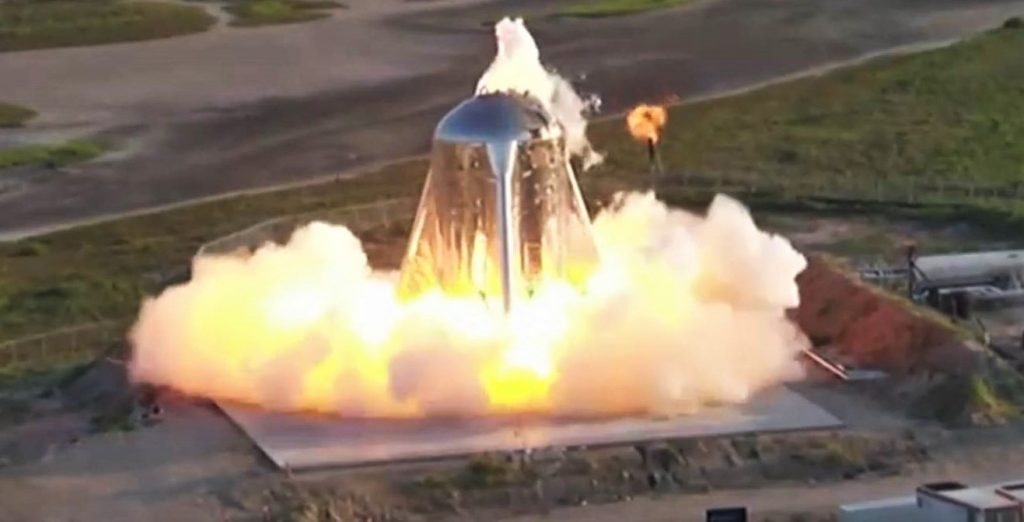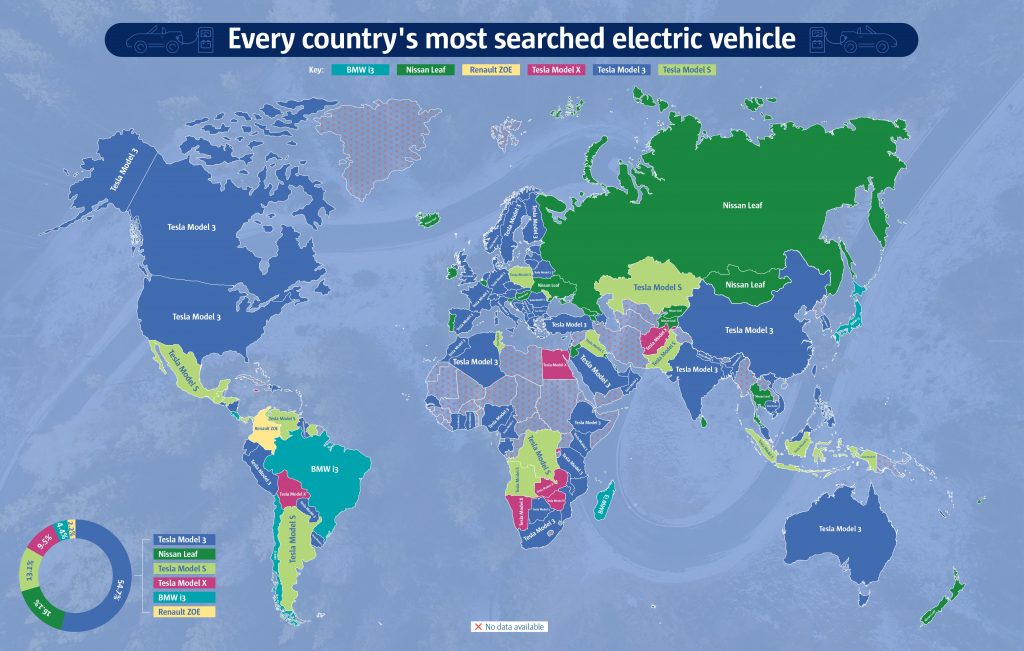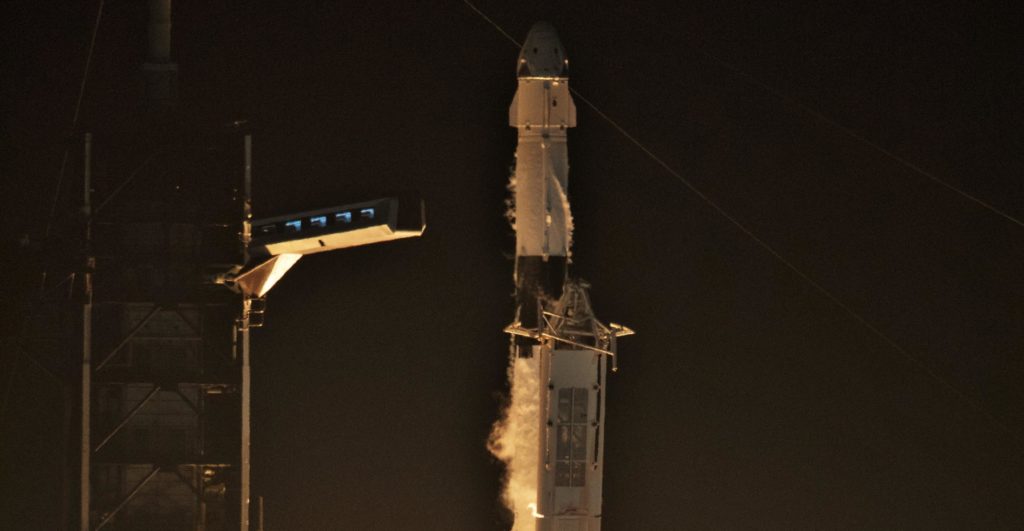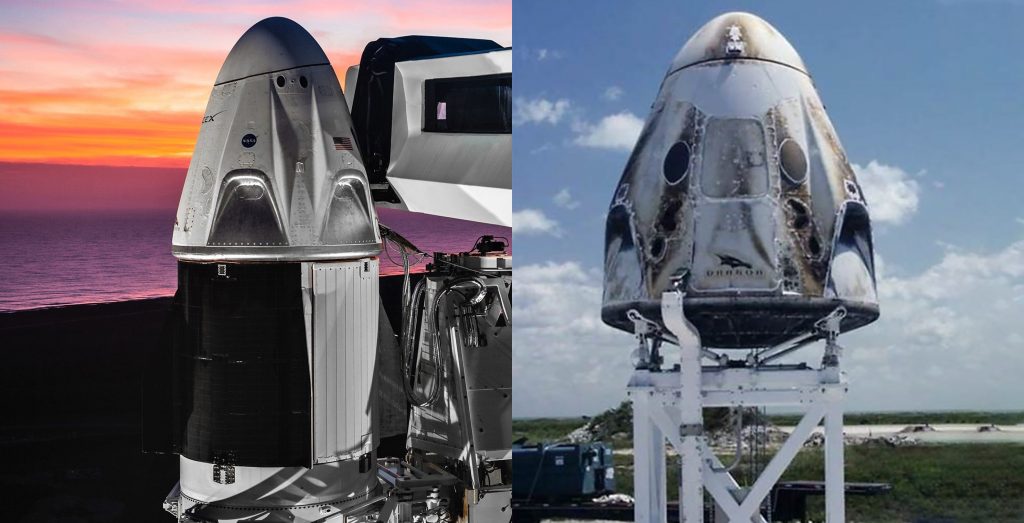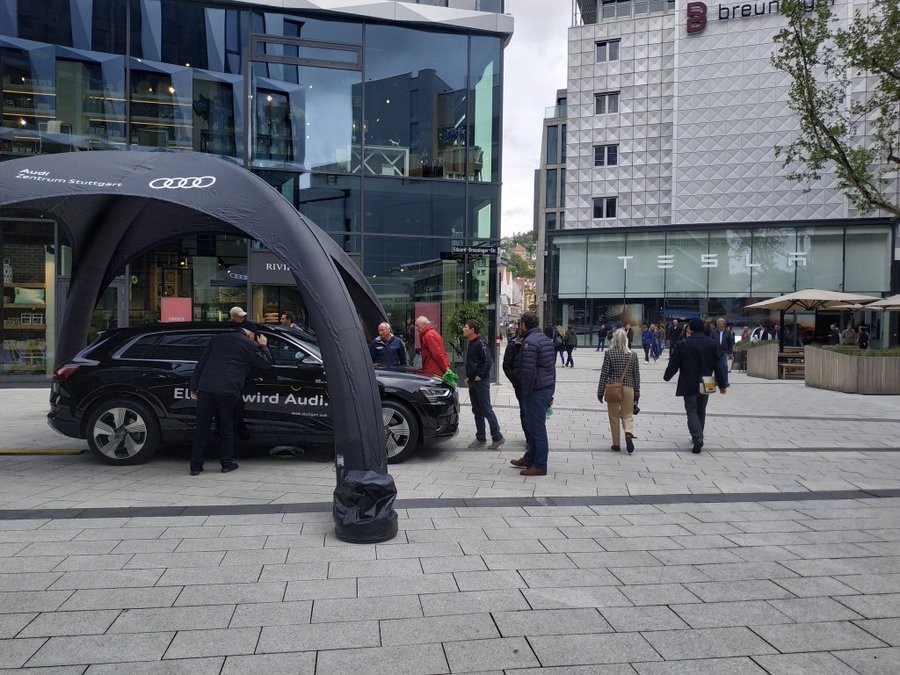Tesla’s (NASDAQ:TSLA) retail investors are aggregating a number of inquiries that will likely be addressed by the electric car maker’s executives in the upcoming Q2 2019 earnings call. The questions are aggregated from verified TSLA shareholders by Say, a startup that aims to create and develop investor communication tools.
Using the platform, Tesla investors have been submitting and voting on inquiries they wish to be discussed and clarified by the electric car maker. The crowdsourced initiative has garnered quite a lot of support from the TSLA investor community, with over 340 retail shareholders representing around $34 million worth of stock posting their inquiries on the platform.
Here are 10 questions that garnered a notable number of from the company’s retail shareholders.
- It has been stated that Tesla is supply-constrained and not demand constrained. Can you help shed some light on why Tesla is lowering car costs if still supply constrained?
- Many of us who follow Tesla closely are incredibly excited about a battery and powertrain investor day and its technological implications. Can you provide us any more details on when this will be and what will be covered?
- You stated on the Q4 2018 earnings call that customer service was a personal priority for 2019. Can you update us on what has been done to date to ensure all owners are receiving an industry-leading customer experience?
- In April, Gigafactory 1 had an efficiency of about 23 out of the 35 GWh theoretical capacity. Has this been improved yet, and is Tesla still cell constraint? And are there any near-term plans to increase the plant theoretical capacity?
- With Tesla Insurance, will Tesla take responsibility for accidents that happen while in AP (Owner doesn’t have to pay the deductible) and will drivers get premium discount based on % of miles driven in AP?
- What changes manufacturing wise will be implemented in Gigafactory 3 in comparison with Fremont? Thanks.
- Tesla previously emphasized that a major long term advantage was in the design of “the machine that builds the machine”, ie the factory becoming an “alien dreadnought.” Is this still a long term vision? How far along are towards the alien dreadnought factory?
- Model S/X sales are down YoY about 20%. Is ~15K units per quarter the new normal or do you foresee sales getting back up to ~25K units in the near term?
- Many Tesla owners are finding it exceptionally difficult to communicate with Tesla service. Many wait 5 hours on hold or are caught in phone tree loops. Several service centers can only be scheduled by phone, which is nigh impossible. What is being done about Tesla service hell?
- Sandy Munro has proven himself to be an incisive and objective in his analysis of the Model 3. Would you consider hiring to consult on the designs of future models and/or production lines? Why or why not?
Tesla is yet to fully confirm if it will be entertaining questions from Say in the upcoming earnings call, though the company has addressed inquiries from retail shareholders in the past quarters. In the first-quarter earnings call, retail investors representing $30 million worth of TSLA shares were able to have multiple inquiries addressed before company executives took questions from Wall Street analysts.
Tesla is quite unique in the way that it is willing to democratize its process of communicating its earnings to shareholders and its institutional investors. Such a strategy is yet another step away from convention, considering that traditional earnings calls usually feature exclusive questions from Wall Street analysts and the occasional member of the media.
Tesla’s second-quarter earnings call is expected to be held on Wednesday, July 24, 2019 at 3:30 p.m. Pacific Time (6:30 p.m. Eastern Time).
The full list of questions from TSLA’s retail investors listed on Say could be accessed here.

<!–
–>
var disqus_shortname = «teslarati»;
var disqus_title = «10 things Tesla (TSLA) retail investors want to know from the Q2 2019 earnings call»;
var disqus_url = «https://www.teslarati.com/tesla-tsla-retail-investors-q2-2019-questions-earnings-call/»;
var disqus_identifier = «teslarati-109888»;

